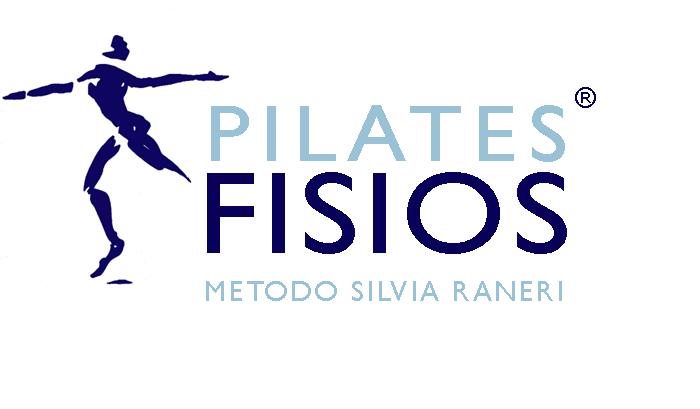Abstract
The understanding of the external mechanics of Pilates exercises and the biomechanics of the joints
may guide the prescription of rehabilitation exercises.
To evaluate the resistance torque (Γ(R)) during hip extension (HE) exercises performed on the Pilates
Cadillac. To perform a biomechanic analysis of the Γ(R) and the weighted mean moment arm (WMMA) in order to
calculate the resultant muscle force (FM(R)) of the hip extensors and flexors. To present a mechanical criteria for
progression of HE exercise on the Pilates Cadillac.
Fourteen participants performed HE exercises on the Cadillac in four randomly assigned situations – using two
springs (blue and red), which were attached in two positions (high and low). Angular positions were measured using an
electrogoniometer. In order to calculate Γ(R), the muscle torque (Γ(M)) and FM(R), free-body diagrams and movement
equations were used. The WMMA of the hip extensors and flexors were estimated from the literature.
The Γ(R) and FM(R) presented a similar behavior during all situations; however, the maximum Γ(R) values did
not occur at the same joint position as the FM(R) maximum values. The WMMA of the hip flexors presented an increaseddecreased behavior with greatest values around 55º of flexion, while the hip extensors presented a similar behavior with
greatest values around 25º of flexion.
Biomechanic analysis of HE exercises and the evaluation of mechanical features in relation to the hip joint
may be used as an objective criteria for the prescription and progression of HE exercise in Pilates.


